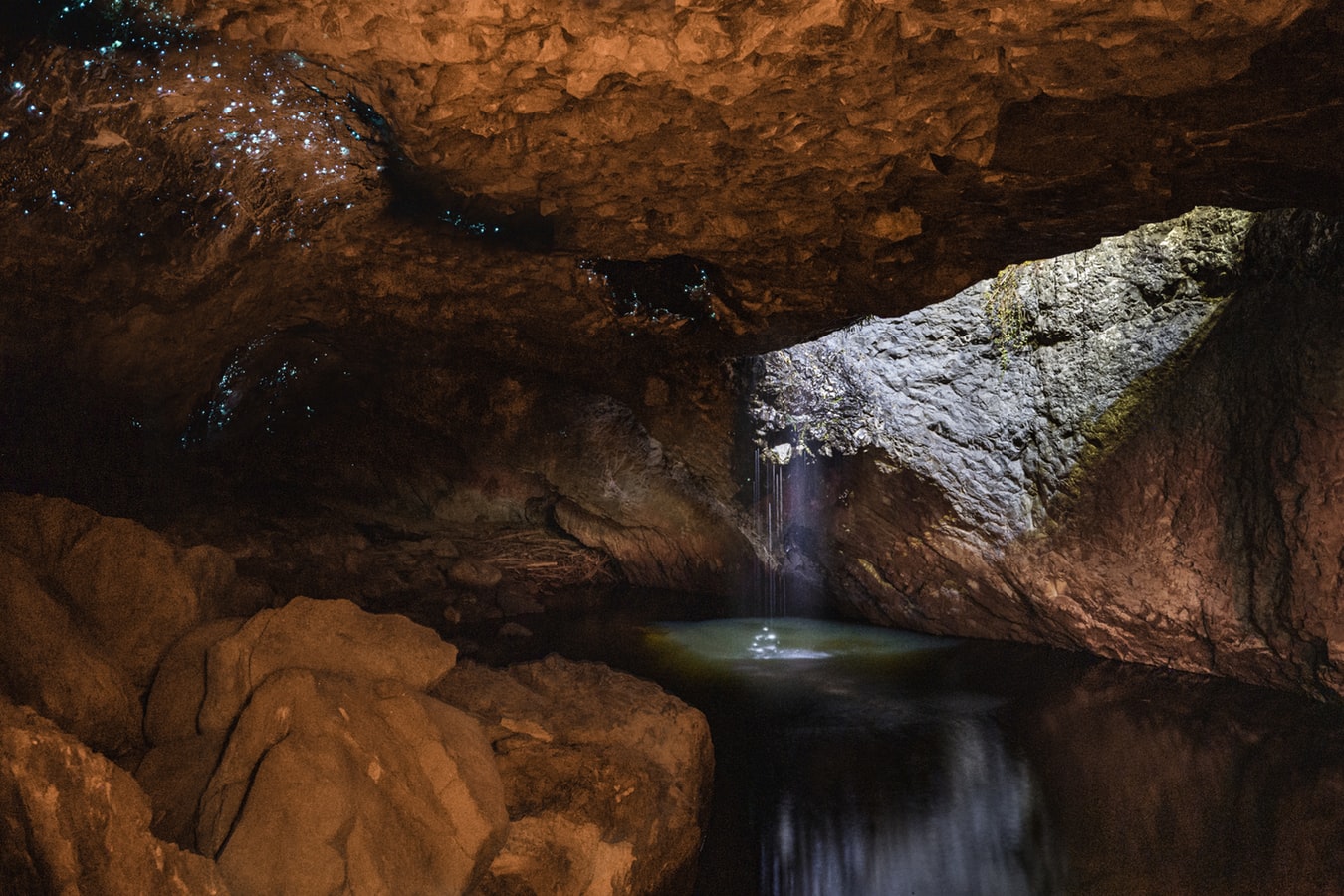While caving can be an exciting and rewarding activity, it is important to understand the potential dangers involved. In this article, we will explore the hazards of caving and how to minimize the risks.
Physical Hazards
Caves are often dark, damp, and filled with obstacles. Physical hazards such as loose rocks, unstable terrain, and sharp edges are common in caves. The risk of falling or slipping on wet surfaces is high, which can result in serious injury. It is important to wear proper protective gear such as helmets, knee pads, and gloves to minimize the risk of injury.
Environmental Hazards
Caves are home to a variety of flora and fauna, some of which can be dangerous. Poisonous snakes, spiders, and insects are common in many caves, and contact with them can cause serious injury or illness. In addition, caves can be prone to flooding, which can lead to drowning or hypothermia. It is important to research the cave and its surroundings before entering and to stay alert for any potential environmental hazards.
Psychological Hazards
Caving can be mentally challenging, especially for those with claustrophobia or fear of the dark. The enclosed spaces and lack of natural light can cause panic or anxiety in some people, which can be dangerous in a cave. It is important to assess your own psychological state before entering a cave and to seek professional help if needed.
Lack of Communication
Caving is often done in remote areas where cell phone service may be unavailable. In addition, caves can be noisy and difficult to communicate in. This lack of communication can be dangerous in case of an emergency. It is important to have a communication plan in place and to let someone know where you are going and when you expect to return.
Getting Lost
Caves are complex environments, and it is easy to get lost or disoriented. It is important to have a map and compass, and to know how to use them. In addition, it is important to stay on marked trails and to not venture off on your own. Getting lost in a cave can lead to hypothermia, dehydration, or other serious injuries.
Cave-Ins
Cave-ins are a rare but serious danger in caving. They can be caused by seismic activity or the natural decay of the cave structure. It is important to research the cave and its stability before entering and to not enter any areas that are marked as unstable.
Inexperienced Guides
Caving should only be done with experienced guides who are trained in cave safety. Inexperienced guides can lead you into dangerous situations and may not have the proper training or equipment to handle emergencies.
Equipment Failure
Caving requires specialized equipment such as ropes, harnesses, and lighting. Equipment failure can be dangerous, especially if it happens in a remote area. It is important to check all equipment before entering a cave and to bring backup equipment in case of failure.
Physical Exhaustion
Caving can be physically demanding, especially if the cave has difficult terrain or requires a lot of climbing. Physical exhaustion can lead to dehydration or other health issues. It is important to stay hydrated and to take breaks when needed.
Group Dynamics
Caving is often done in groups, and group dynamics can play a role in safety. It is important to communicate with your group and to not take unnecessary risks. In addition, it is important to listen to the advice of experienced cavers and to not let peer pressure lead you into dangerous situations.
In conclusion, caving can be an exciting and rewarding activity, but it is important to understand the potential dangers involved.

